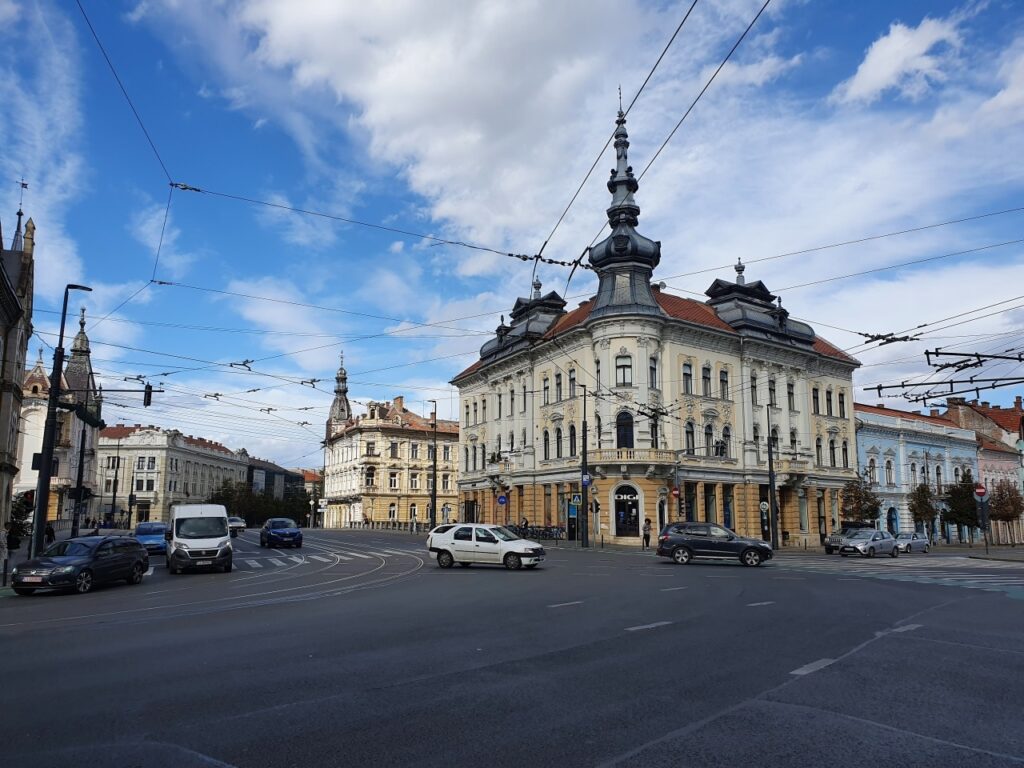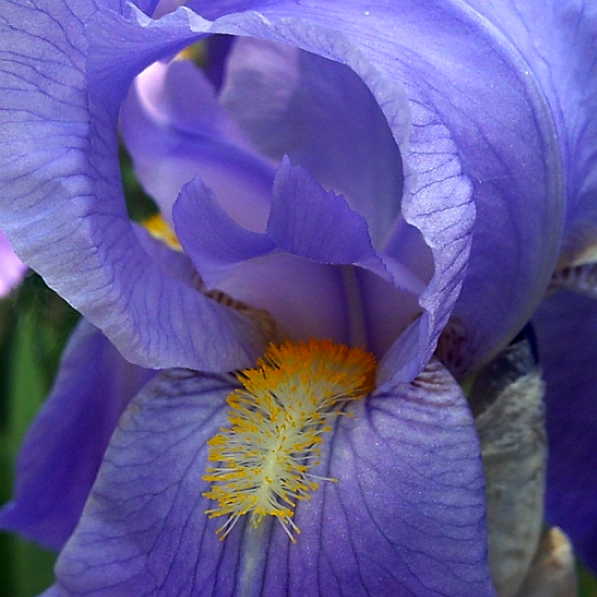Cluj-Napoca, the capital of Transylvania, is the place where I lived most of my life. It is the only place in Romania I really love and, despite the fact that there are more beautiful places out there and that the last remaining people dear to my heart are scattered elsewhere, it still remains the place I mostly identify with. I graduated from Cluj both as a physician and as a psychiatrist, I have a deep understanding of the people and of the region and I have seen the evolution of this city over more than 20 years. As a result, I know things and places that few of the people living in Cluj today know. My deepest regret is that, despite several attempts to work and buy a home in Cluj, it wasn’t meant to be… Now, when some health problems made me visit it, I took the opportunity to take some photos and create some “updated” blog articles. It’s going to be 8 articles in total, this one being the first. And, following some research into the history of the city, I will show you a different side of it. In this article I will cover the northern part of Cluj, from the main Railway Station and up to the Horea Bridge in the city center. Enjoy!

One needs to dream when one comes to Cluj. Look at the mystical sky and feel the “atmosphere of Cluj”!
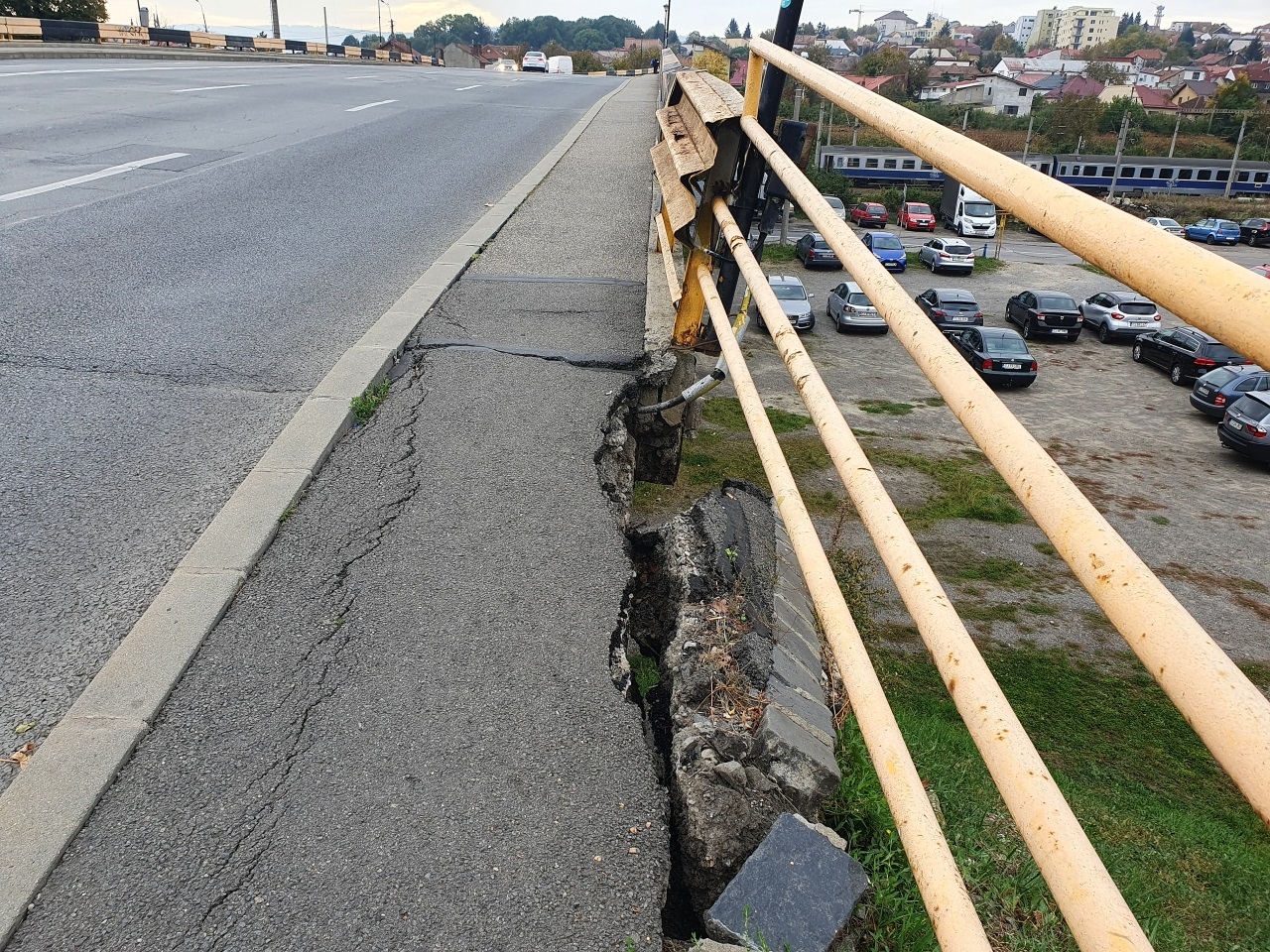
Only after, when reality comes and strikes you, put your eyes to the ground and see if your path – or your situation – is as solid as you thought it were… Here is the bridge across the railways next to the railway station. Watching the sky or the decaying road is a matter o choice: they exist simultaneously in reality and it is up to you to choose to see the beautiful part of life or the nasty part of it. However, compared to other cities and towns of Romania, Cluj is probably the best looked after in terms of infrastructure and investing. By this I mean that the rest of the country is a disaster.

Here is the Railway Station. It is much more beautiful than the image shows, but I simply had no time to photograph it in detail. It is worth a visit purely for the architecture. Cluj Railway Station is linked internationally to Budapest, Vienna, Berlin, Frankfurt, Venice, Belgrade and Chișinău, and has connections to Kyiv and Sofia. Romanians rarely use it, as the Cluj Airport is more practical, but adventure-seekers can try it…
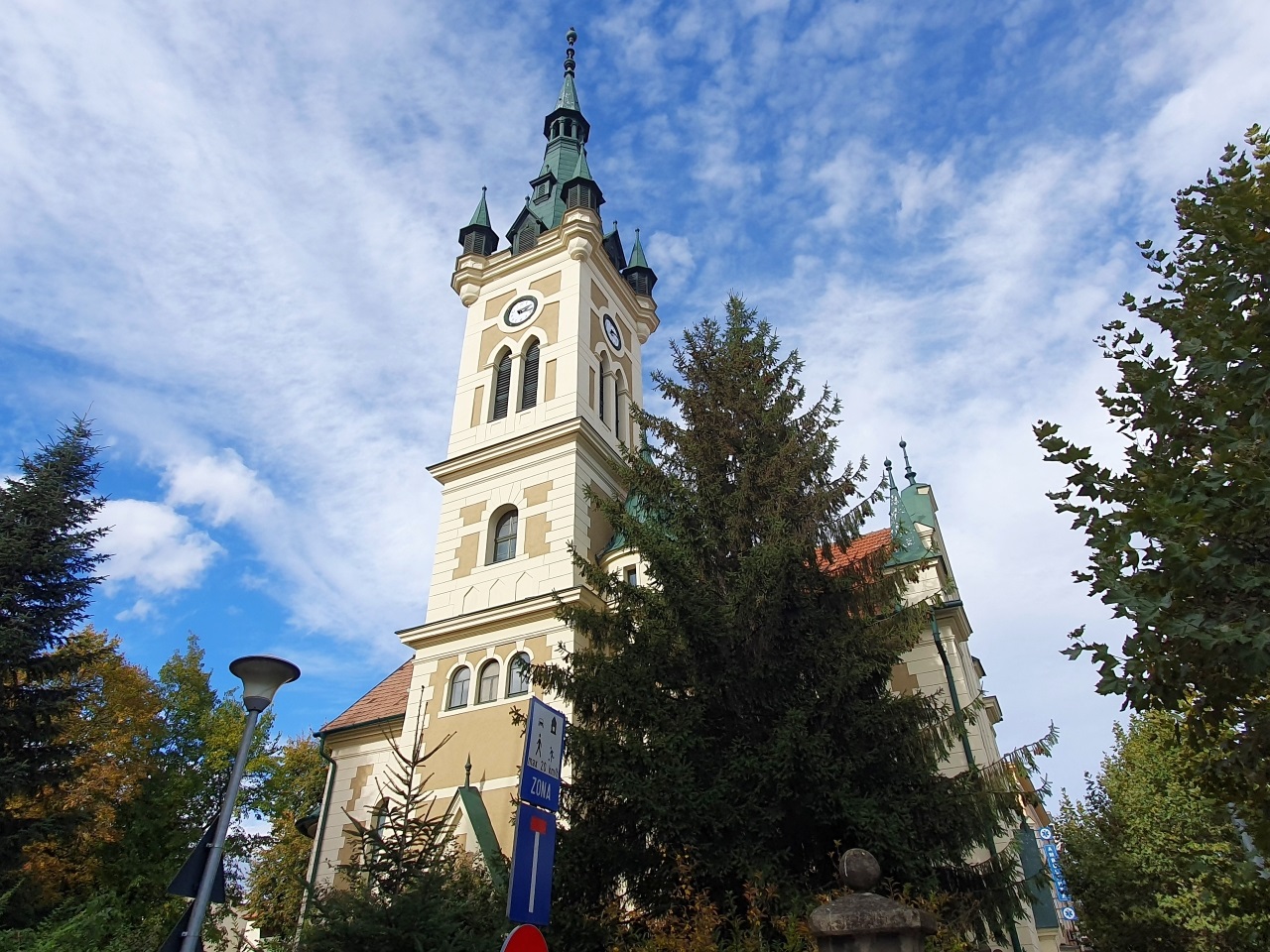
Along the Horea street, that connects the Railway Station to the Old Center, there are several nice buildings. The first one is the Calvinist Church Hídelve.
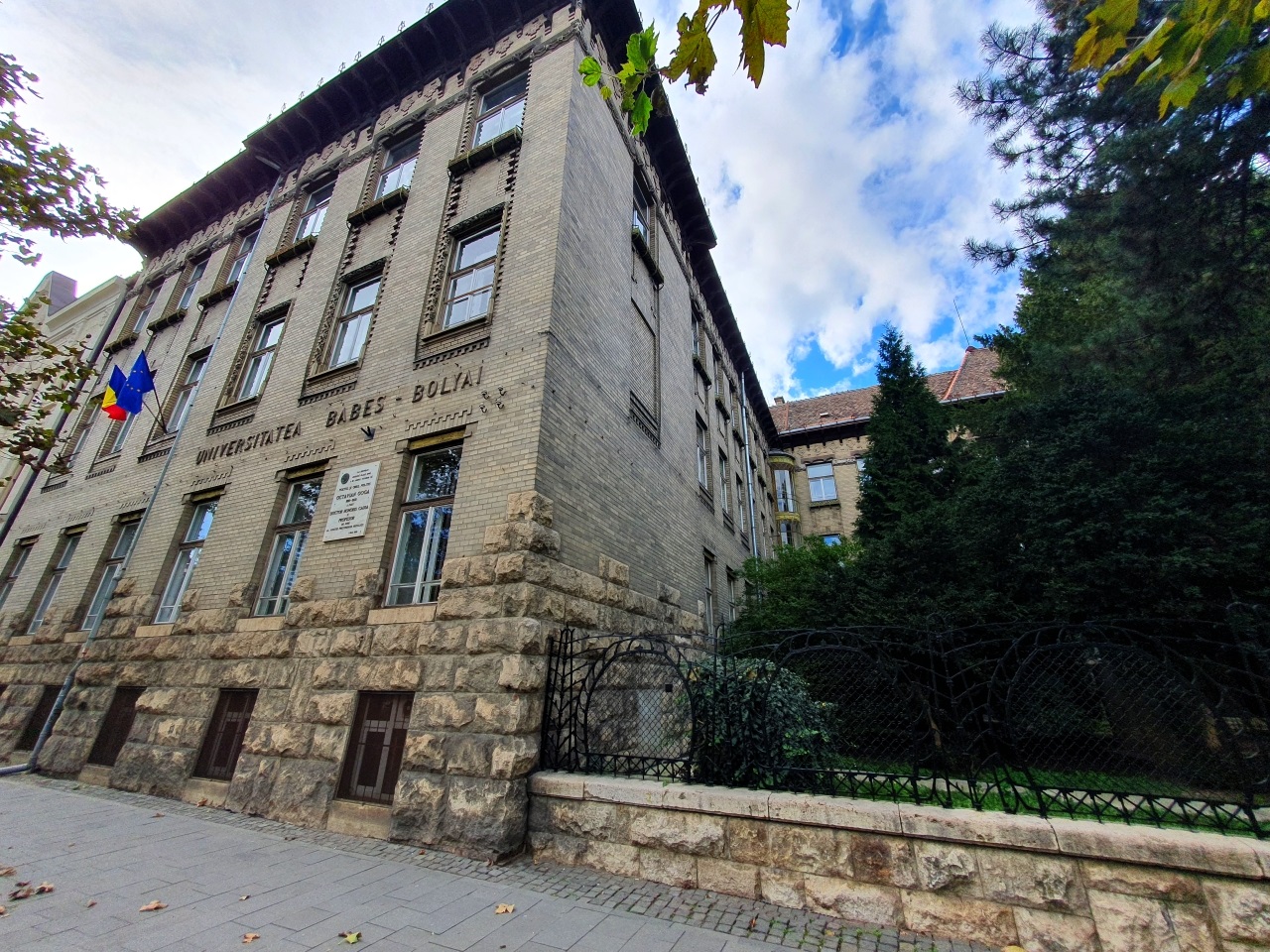
Not far is the Faculty of Letters, the humanities department of Cluj University. The building was built in 1910 as Marianum, the Former Catholic Girl’s School. Its distinctive brick façade is highly recognizable and throughout Cluj there are several buildings with this kind of brick design.
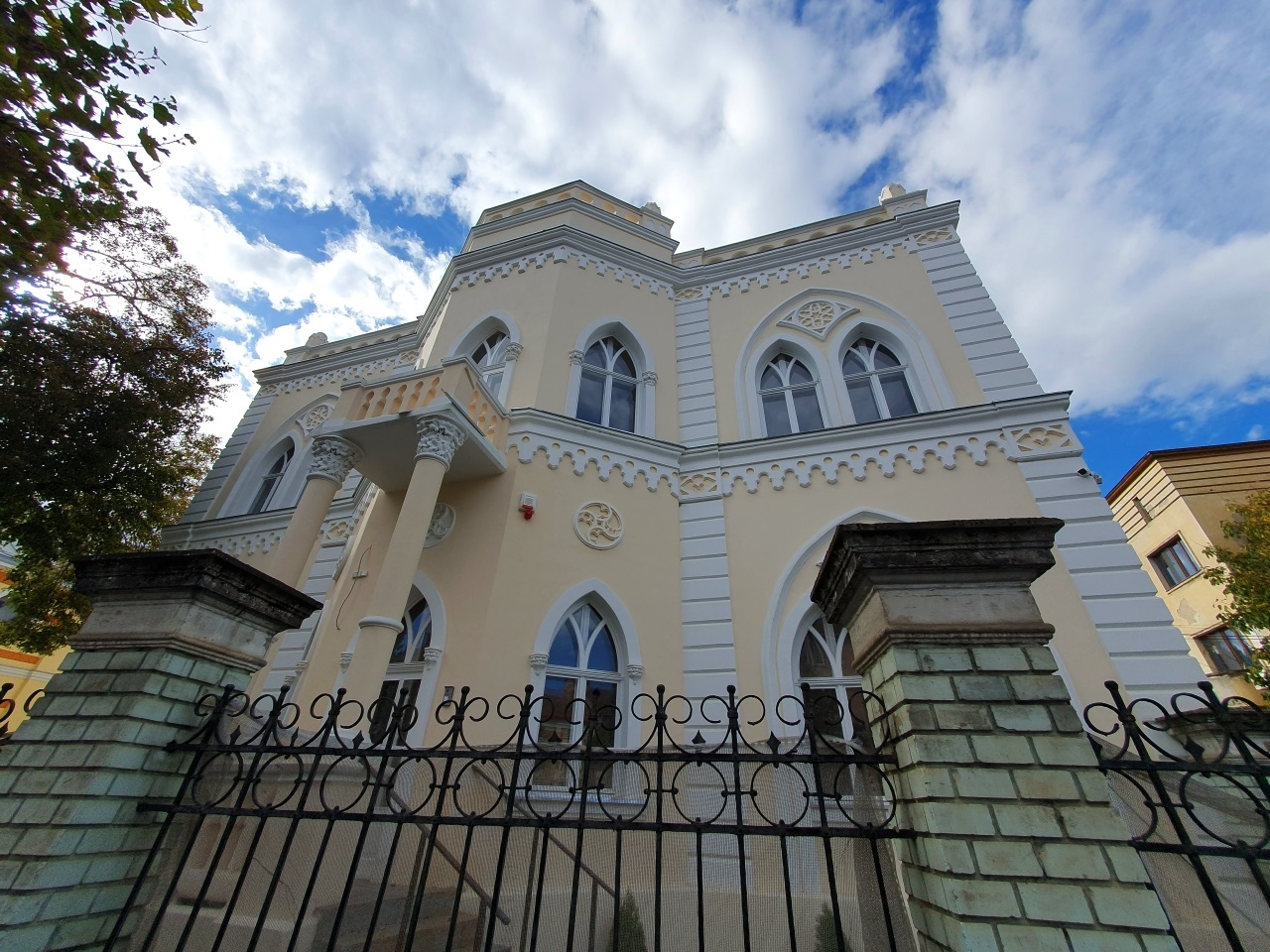
The Benkő Villa, built in 1904 in the eclectic style with Neo-Gothic style elements.
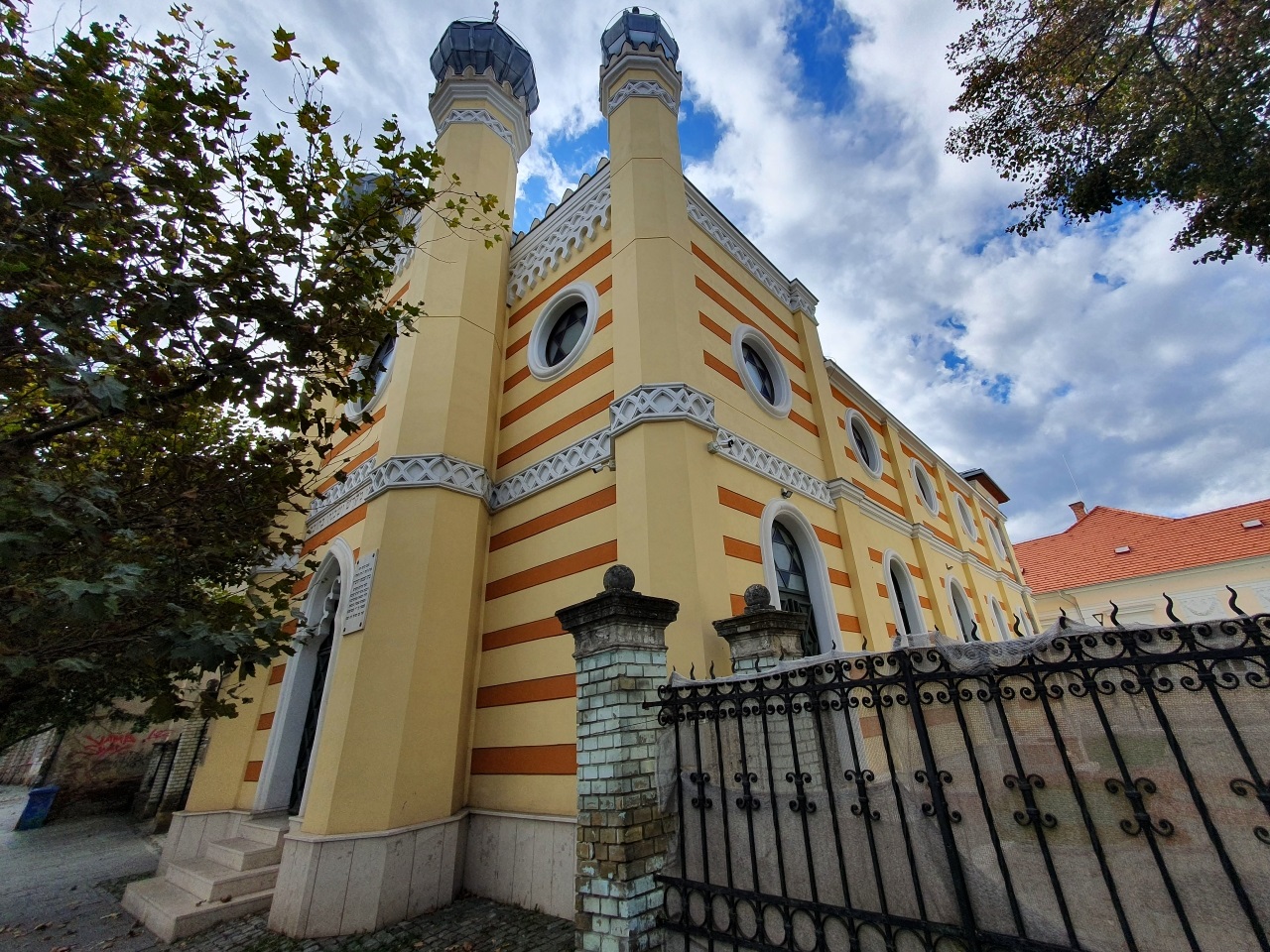
The Neolog Synagogue, the only functioning synagogue in Cluj nowadays. Built around 1887, it is decorated with oriental style elements.
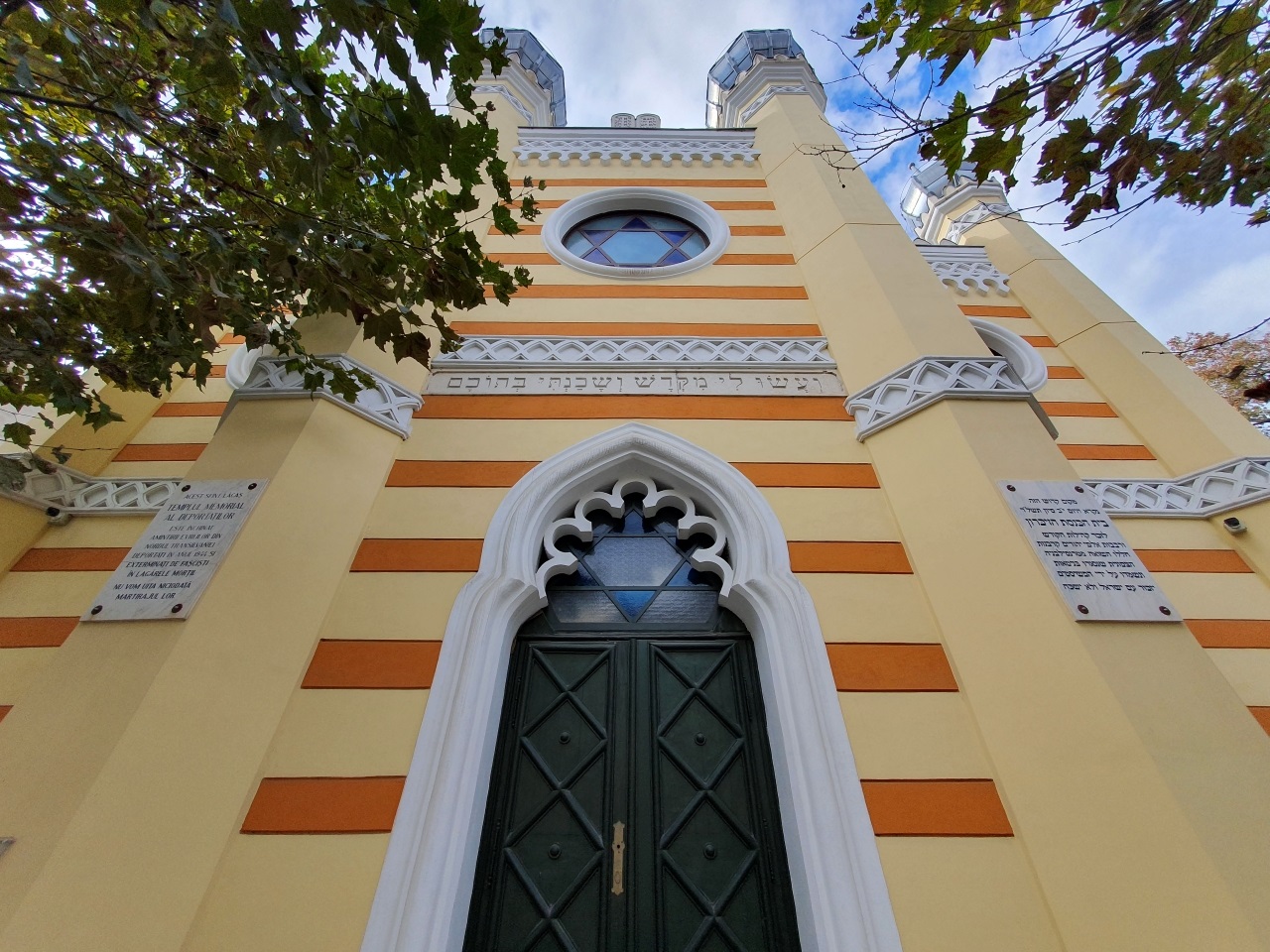
The synagogue seems to always be closed when I go by it. I’d love to visit it one day… hopefully before an anti-Semite blows it out completely, since the tides of time don’t look favorable lately…

Here we are at the entrance of the Horea Bridge. To the right is Uránia Palace, in the center is the Bak Palace (foreground) and Széki Palace (background) and to the left is the Babos Palace. Bak Palace was built in 1896 and it’s sometimes incorrectly called Berde Palace.
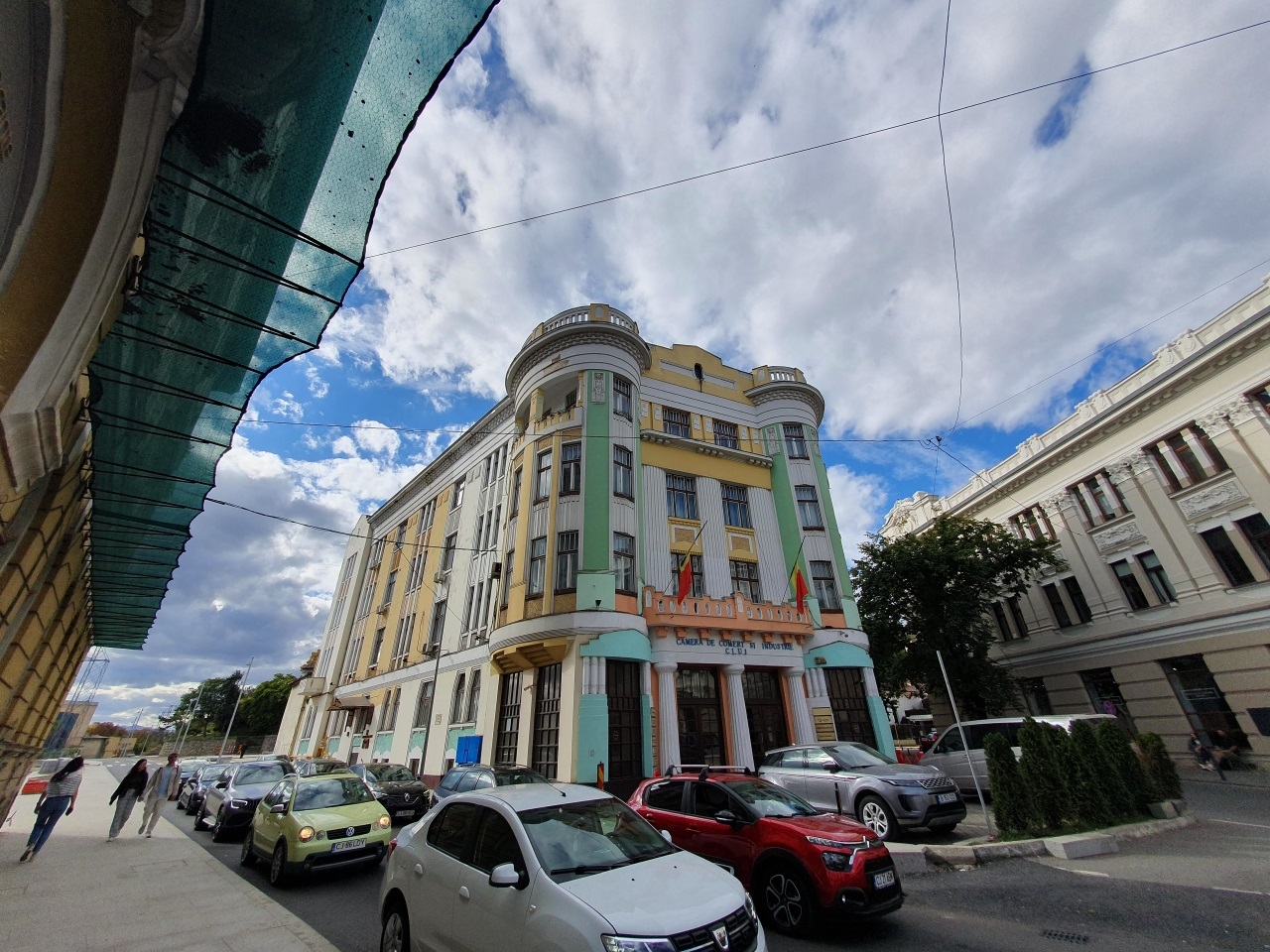
Uránia Palace was built in 1908 in the Art Nouveau style. It hosts nowadays the Cluj Chamber of Commerce and Industry. To the right is the Blau Ullmann Palace.

A general view of the Horea Bridge shifting a bit to the left, with Élián Palace in the center, Babos Palace to the right and background, and a part of the more modern Urania building to the left.
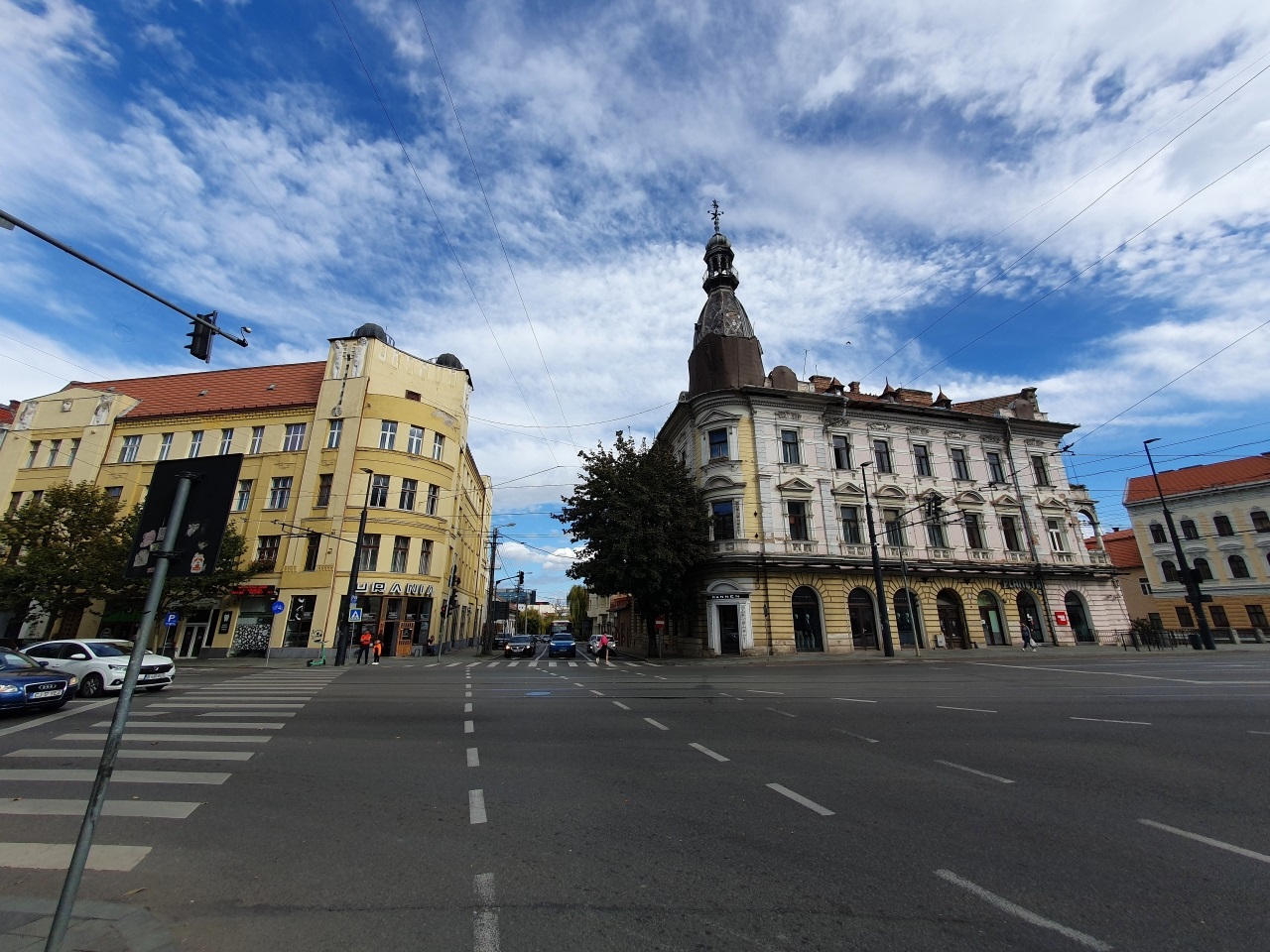
The Benigni Palace or Élián Palace (to the right) was built in 1891 by Benigni Sámuel, butcher and wine merchant, as the first of the four palaces around the bridge over the Somes River. After the First World War, it was owned by the wine merchant Élián Viktor, hence the other name of the palace. To the left is the other Urania Palace, built in 1910 in the Viennese secession style, similar to the Urania building in Vienna.
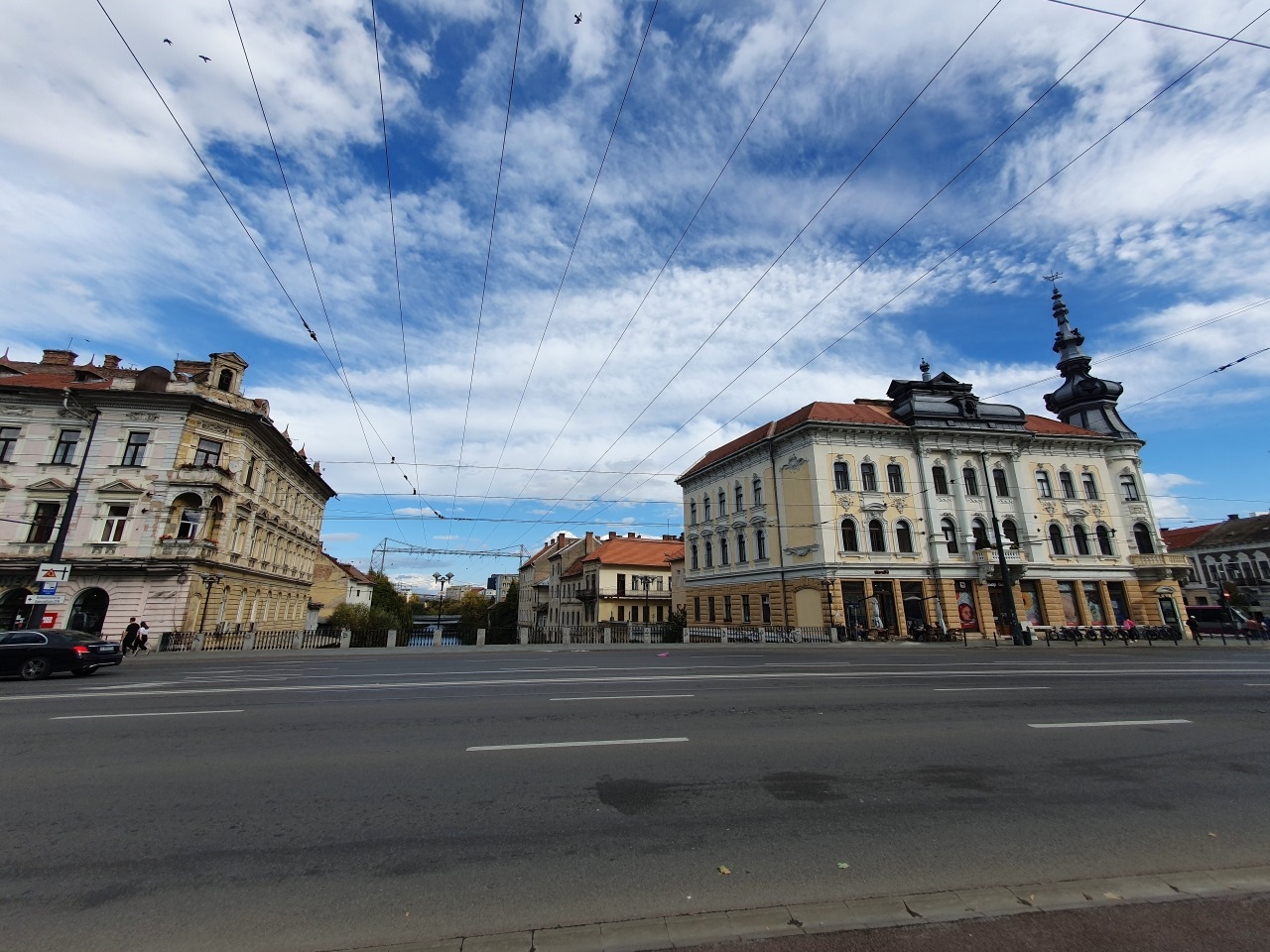
Moving to the middle of the bridge, here is the view to the East with the Babos Palace to the right. It was built around year 1980 and is a representative edifice for the Belle Époque architecture in Cluj.
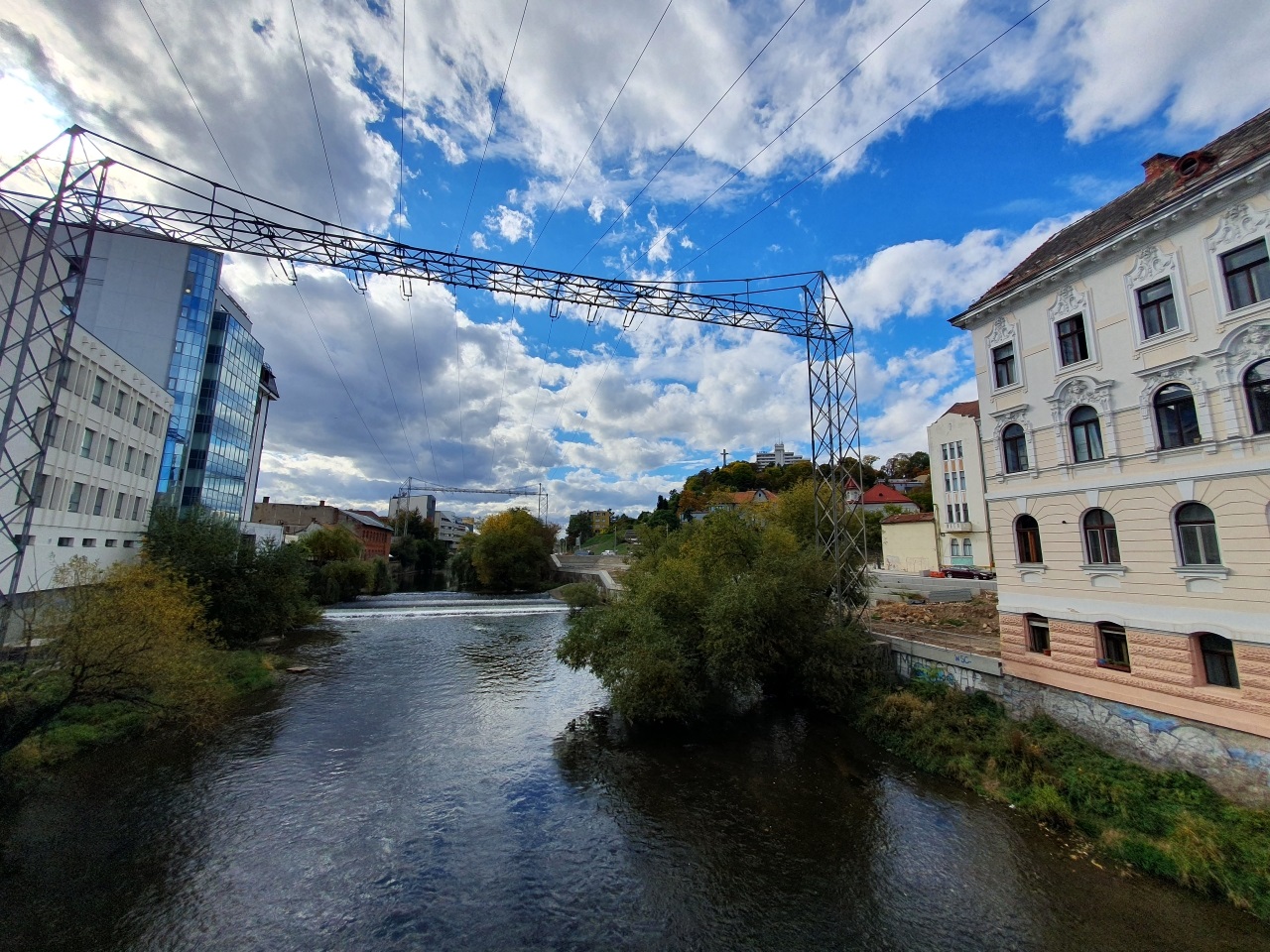
Looking to the West now, here is the Someş River and the view towards the Fortress Hill (Cetățuia) with the Belvedere Hotel somewhere in the middle of the image. To the right is, again, the Bak Palace. There is a small cascade on the Somes River visible in the photo.

Now, taking a little walk along the Somes River, it appears there are works underway on the cliff… Here is the same Bak Palace to the left and the Széki Palace to the center.
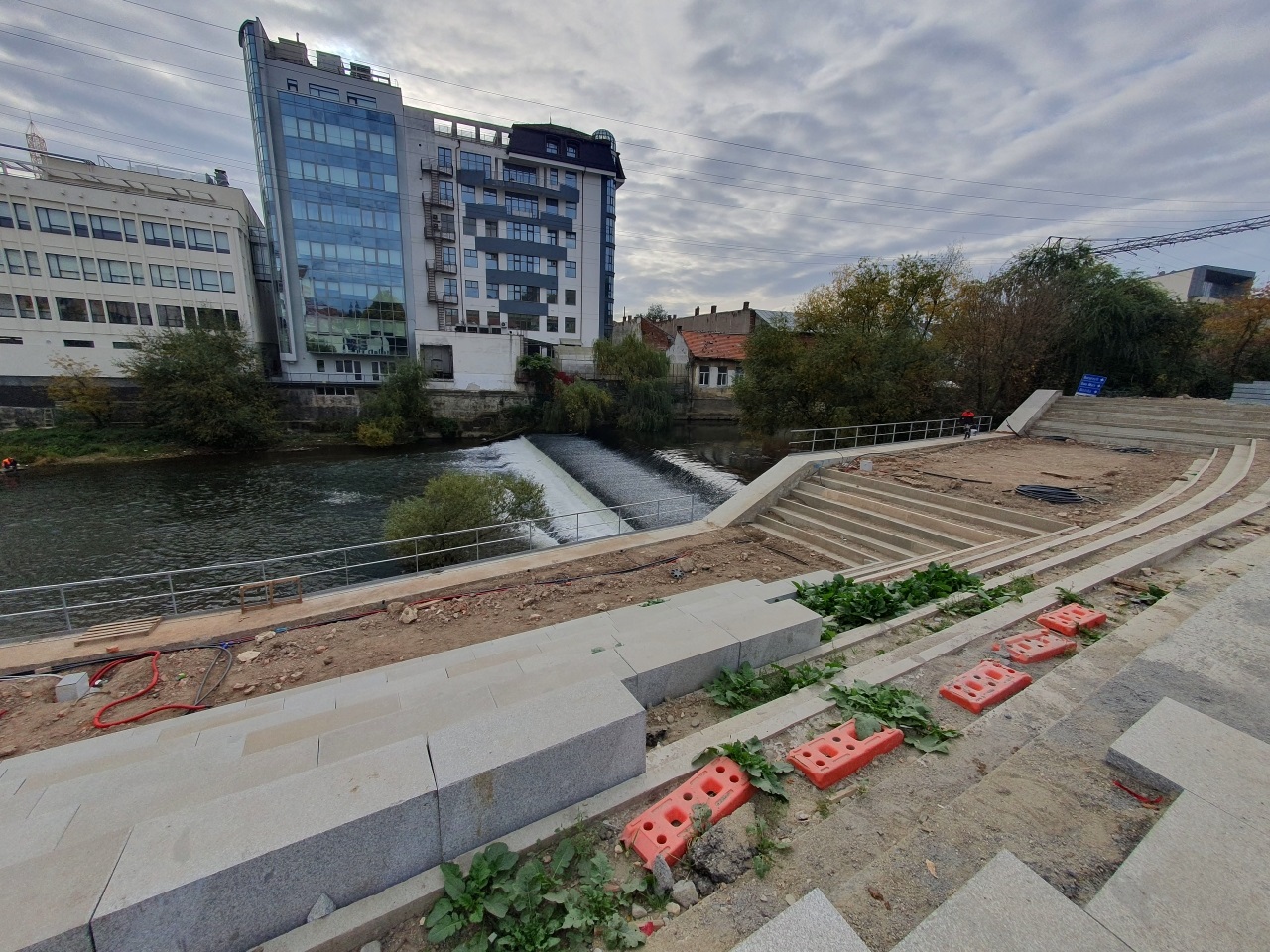
I used to walk by the river and listen to the cascade during my student years and later… it’s still there, the water, but one can’t step in the same river twice…
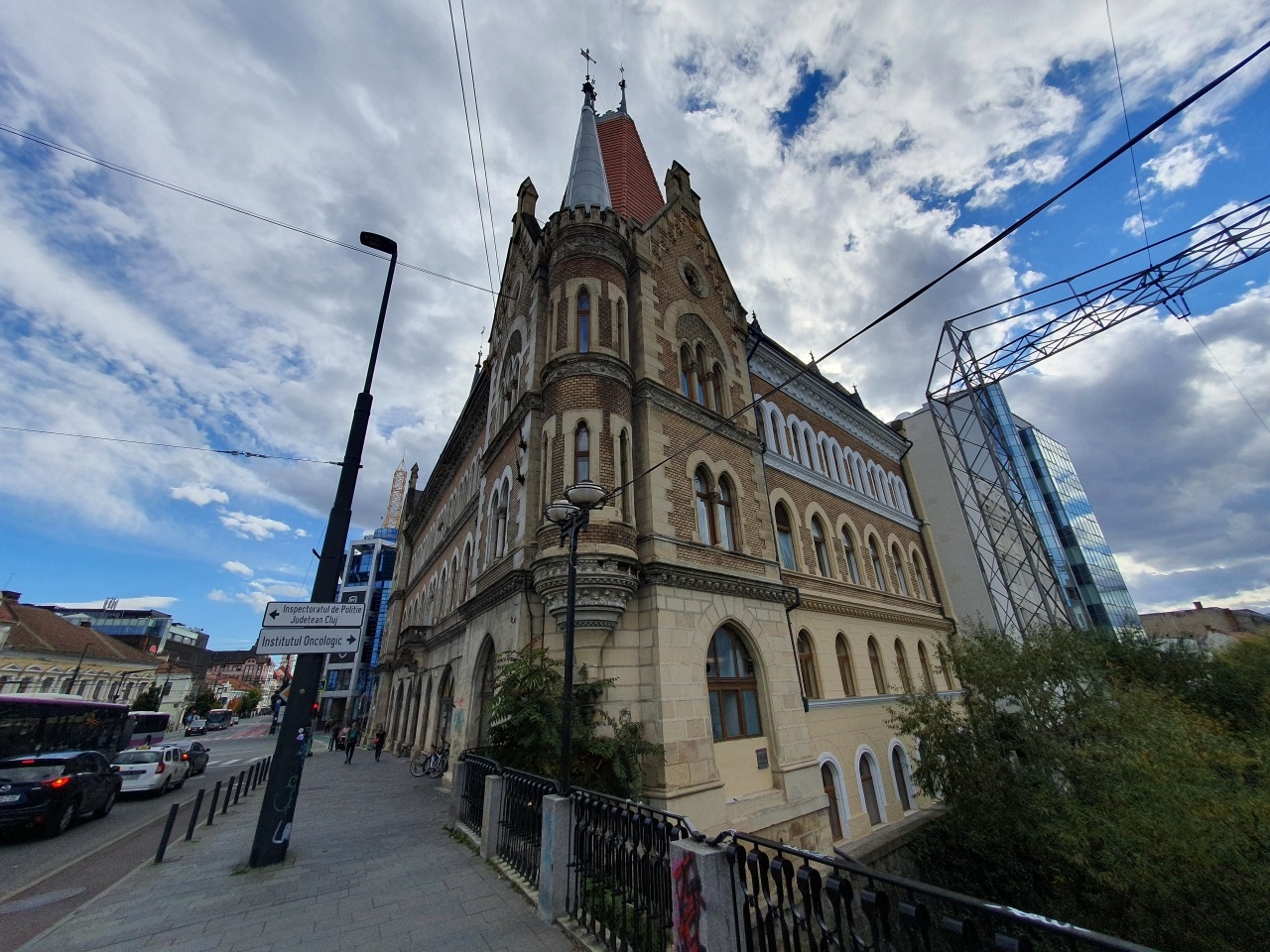
Now, coming closer to Széki Palace, we can see its details.

And looking towards the East, we can see the opening of Mihai Viteazu Square, with the Babos Palace to the left and the Florin Piersic Cinema in the background. In front of the cinema is the statue of Mihai Viteazu (Michael the Brave, a national hero, the first ruler who managed to unite, for the first time in year 1600 (and for only a couple of months), Walachia, Moldavia and Transylvania, the 3 main historical Romanian-speaking provinces, which nowadays form the Romanian State).
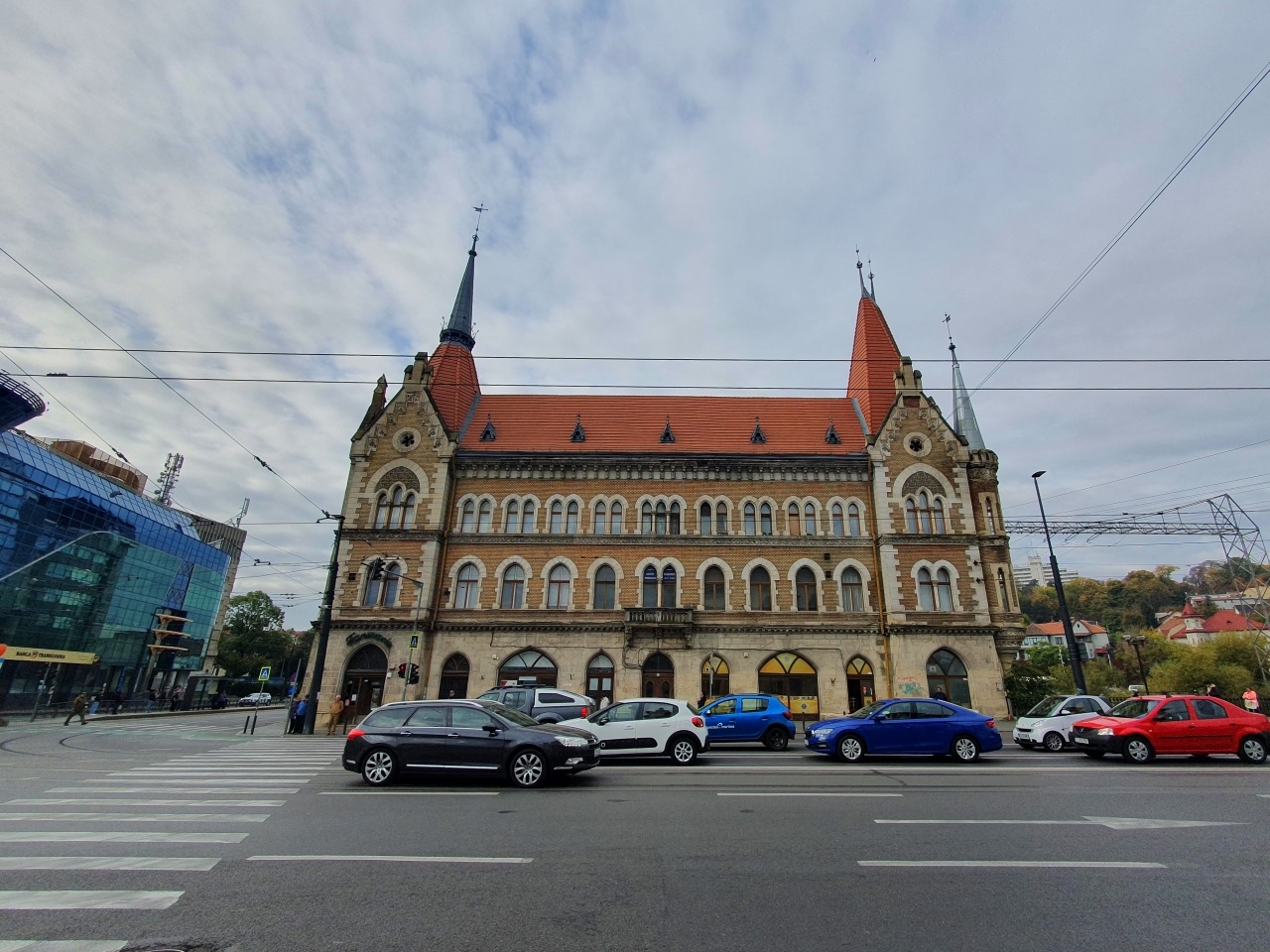
Széki Palace was built in 1893 in the neo-Gothic style by a pharmacist, Széki Mihály. Even today there is still a pharmacy at the ground floor, the Richter pharmacy.

A different view, from left to right, of Széki, Bak and Blau Ullmann palaces.

One classical postcard of Cluj, with the 5 palaces around Horea Bridge.
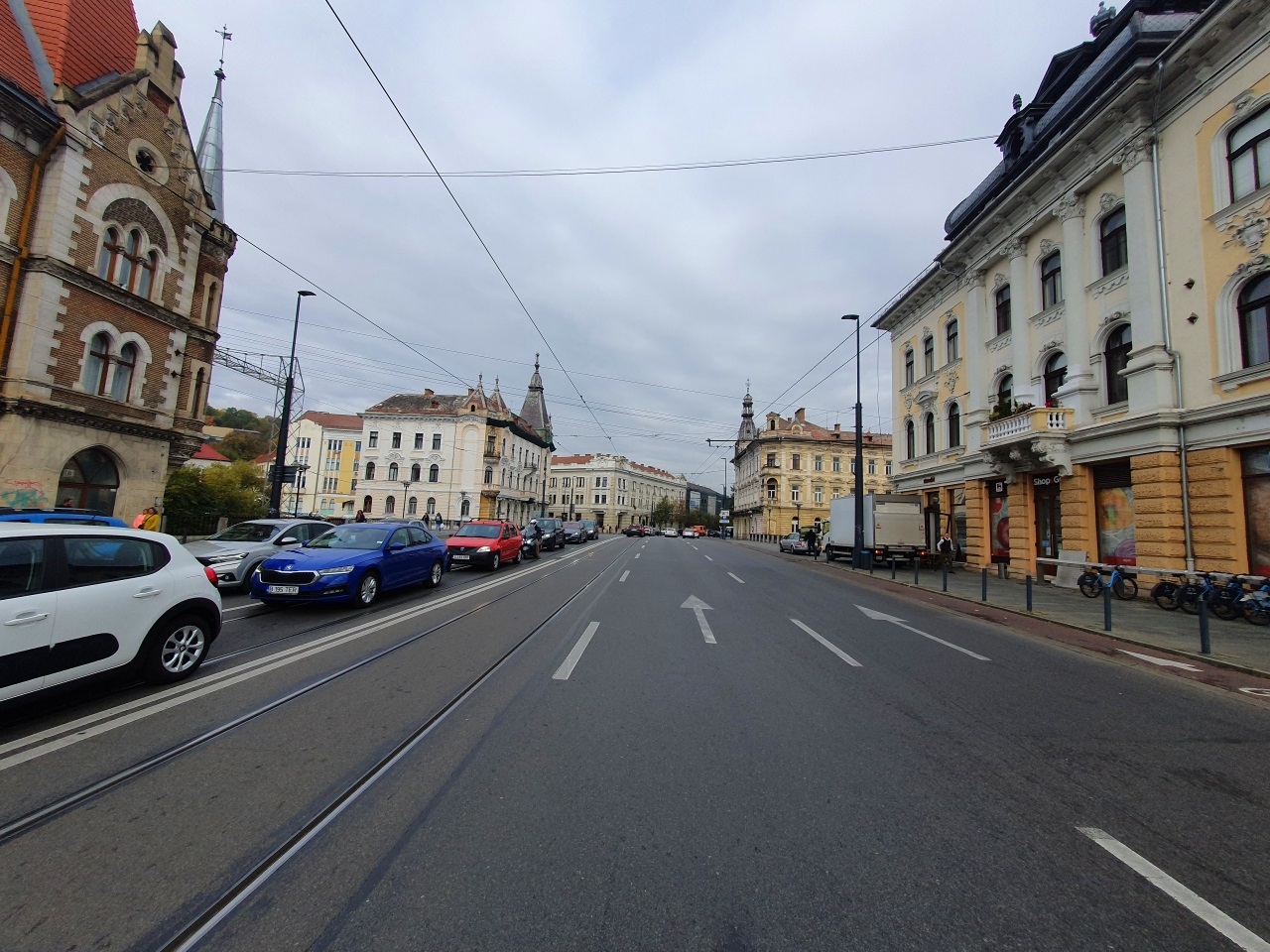
And my own atypical postcard of the same 5 palaces, taken shamelessly from the middle of the road.

As we leave the area and move to the old center, we cross the Post Palace (to the right). It was built in 1898 and hosts the postal headquarters of Cluj from its inception until today. A bit to the left is the Central Shopping Center, the oldest shopping store in town. And that’s it for now.
Cluj-Napoca – North
